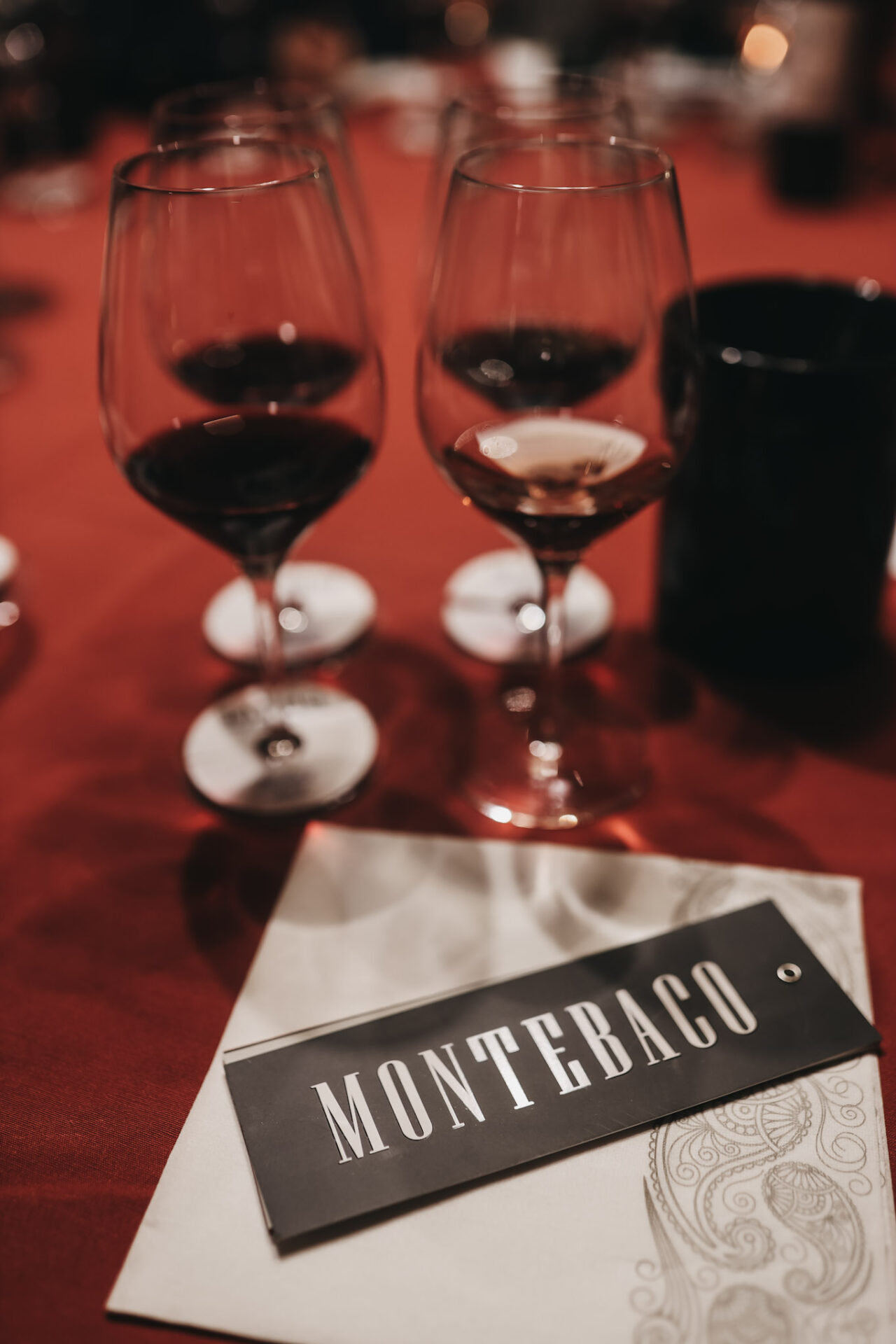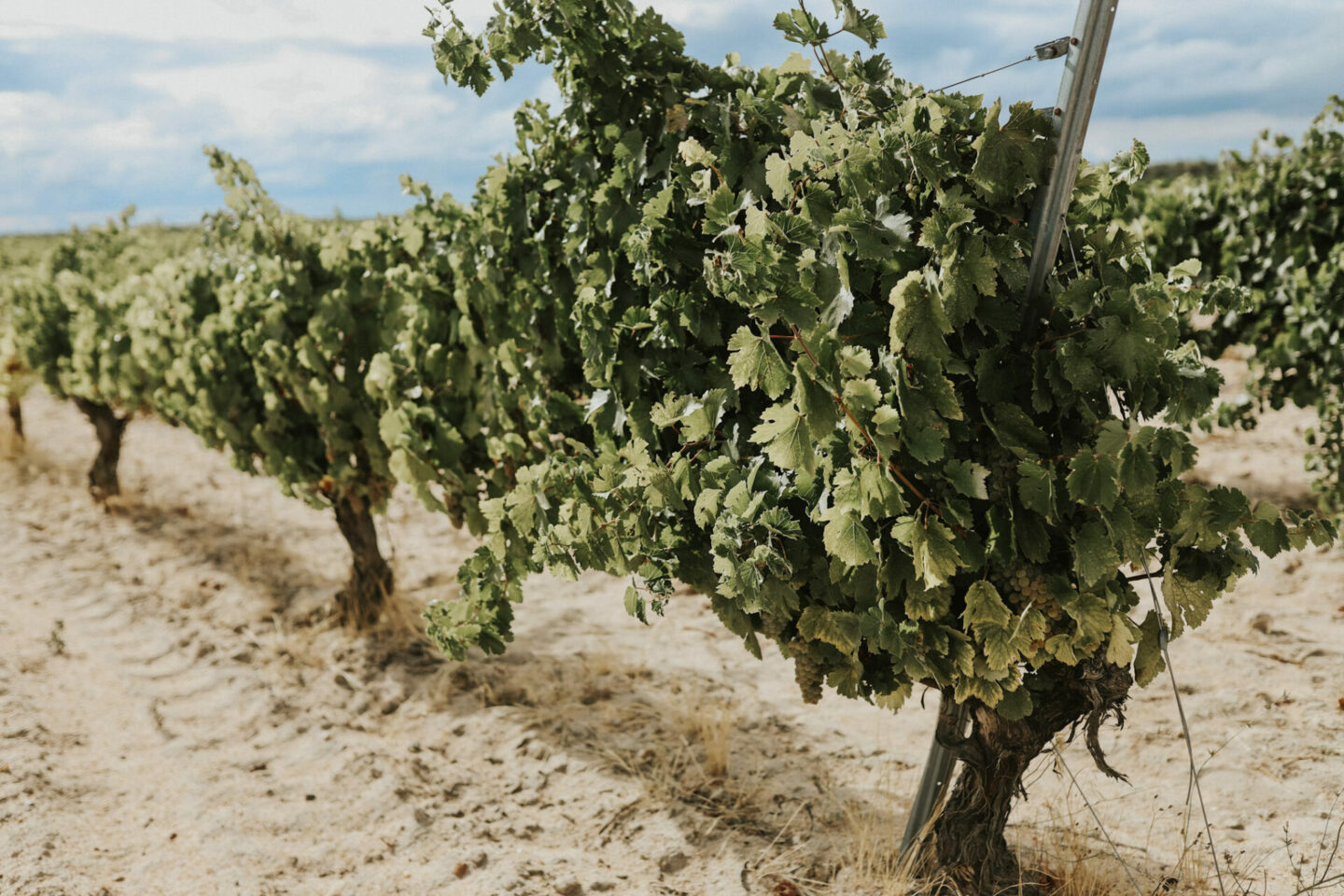
What is Tempranillo Wine?
Tempranillo is a type of red wine grape that originally comes from Spain. It’s a famous grape used to make some tasty wines. The name “Tempranillo” comes from the Spanish word “temprano,” meaning early. This is because the grape tends to ripen early in the season.
The wine made from Tempranillo grapes can have flavors like cherry, plum, and sometimes a bit of vanilla or tobacco. It’s often aged in barrels, which adds more flavors and a touch of spice.
People really enjoy these wines with a variety of foods. They pair well with grilled meats, paella, and even some cheeses. So, if you’re looking for a red wine that’s rich in flavor and pairs nicely with different dishes, Tempranillo is a great choice!
Tempranillo Wine Taste
Tempranillo wine has a delightful taste! Picture juicy cherries, ripe plums, and a hint of strawberries. It’s like a fruit basket in a glass. Sometimes, you might catch a touch of vanilla or a bit of tobacco, giving it a nice complexity.
As it ages, Tempranillo can develop more flavors. Imagine a mix of spicy and earthy notes, like a dash of cinnamon or a sprinkle of dried herbs. The aging process often happens in oak barrels, adding a touch of smokiness and a smooth texture to the wine.

Tempranillo Food Pairing
Pairing Tempranillo red wine with the right foods can create a delicious experience! Here are some tasty matches:
Grilled Meats: This wine loves hanging out with grilled delights. Think barbecue, burgers, or a perfectly grilled steak. The wine’s bold flavors complement the savory goodness of grilled meats.
Paella: If you’re feeling a bit fancy, go for a classic Spanish pairing – Tempranillo with paella. The rice, saffron, and various flavors in paella dance harmoniously with the wine.
Cheese: Cheese and wine are a classic duo. Tempranillo pairs well with Manchego, a Spanish sheep’s milk cheese. The nutty and buttery notes of Manchego enhance the wine experience.
Tapas: Embrace the Spanish vibe with tapas! Small bites like chorizo, olives, and patatas bravas make fantastic companions.
Roasted Vegetables: Don’t underestimate the power of veggies! Roasted vegetables with their caramelized goodness can be a tasty match for the wine’s fruity and smoky notes.

Spanish Tempranillo
Spain is the birthplace and beating heart of Tempranillo. This indigenous red grape, deeply rooted in Spain’s winemaking legacy, has become synonymous with the country’s vinous excellence.
Intriguingly, this red grape varietal has its roots deeply intertwined with Spain’s history, adding a timeless charm to this grape variety. Tempranillo is a very old grape variety that originated before the Romans ruled, over a thousand years ago.
The Iberian peninsula’s wonderful weather, diverse landscapes, and long history of winemaking gave birth to Tempranillo, a wine that ages beautifully like a masterpiece. It stands as a vibrant testament to the past, echoing the unique story of its Spanish roots.
Main Regions for Spanish Tempranillo
Spanish Tempranillo thrives in several prominent wine regions, each contributing its own unique character to the wines. Here are some of the main regions where it takes the spotlight:
Rioja: Perhaps the most famous region for this grape, Rioja is a wine wonderland in northern Spain. Its wines often showcase a perfect balance of fruitiness and oak aging, with classifications like Crianza, Reserva, and Gran Reserva based on aging periods.
Ribera del Duero: Located along the Duero River, this region is known for producing bold and robust Tempranillo wines. The extreme climate and high altitudes contribute to the grape’s rich and concentrated flavors. Read more about Ribera del Duero wine.
Toro: In the northwest of Spain, Toro is another region where Tempranillo, locally known as Tinta de Toro, takes center stage. The wines from Toro are often powerful and full-bodied, reflecting the region’s warm climate.
Navarra: Just north of Rioja, Navarra is a diverse wine region where Tempranillo coexists with other grape varieties. The wines range from lively and fruity to more structured, offering a broad spectrum of styles.
La Mancha: Situated in the heart of Spain, La Mancha is known for being the largest wine-producing region in the country. Tempranillo is a key player here, creating wines with a good balance of fruitiness and approachability.
How are Spanish Tempranillo Wines Labelled?
Many Spanish wines are predominantly Tempranillo-based blends, but labeled by region & aging-requirements instead of variety.
You’ll most likely see one of the below terms on a bottle of Spanish Tempranillo:
Cosecha – Indicates a red wine that doesn’t abide by the defined aging specifications but meets or exceeds classification requirements
Crianza – A minimum aging of 24 months, of which one year must be in barrel for reds; a minimum 18 months of aging and at least six months in barrel for rosado.
Reserva – A minimum aging of 36 months, of which at least one year must be in barrel and the rest in bottle. For rosados, a minimum 24 months of aging and at least six months in barrel for rosado.
Gran Reserva – A minimum aging of five years, of which at least two years must be in barrel and the rest in bottle. For rosados, a minimum 48 months of aging and at least six months in barrel.
>> Related: Spanish Wines – Everything You Need to Know

Other Regions
While this grape has its roots firmly planted in Spain, it’s a versatile varietal wine that has found its way to other wine regions around the world. Here are a few places outside of Spain where it’s making a mark:
Portugal (Tinta Roriz): In Portugal, Tempranillo is known as Tinta Roriz. It plays a significant role in the production of Port wines and is also used in dry red wines, adding its characteristic fruity and spicy notes.
Argentina: Tempranillo has found a home in the high-altitude vineyards of Argentina. The Argentine expression of Tempranillo often features ripe fruit flavors and a smooth, velvety texture.
Australia: Some Australian wine regions, particularly in regions with a Mediterranean climate like McLaren Vale and Heathcote, have embraced Tempranillo. Here, it adapts to the Australian terroir, showcasing bold and robust characteristics.
California, USA: In California, especially in regions like Paso Robles and Lodi, Tempranillo has gained popularity among winemakers. The warm climate allows the grape to ripen fully, resulting in wines with a rich and fruit-forward profile.
Oregon, USA: The cool climate of Oregon wine country provides a different expression of this red varietal. Wines from this region may display more acidity and bright red fruit flavors.
When is Tempranillo Day?
Tempranillo Day is the second Thursday of November each year. It’s a day dedicated to honoring and enjoying the Tempranillo grape variety, recognizing its significance in the world of wine.

Common F.A.Q.s
How to pronounce Tempranillo?
Pronouncing “Tempranillo” is simpler than it might look. Here’s a guide to saying it:
tem-pra-NEE-yo
Break it down into syllables and emphasize the “NEE” part a bit. It’s a rhythmic and melodious word that reflects the joy of sipping this wonderful wine
What does Tempranillo taste like?
Tempranillo delights the palate with flavors of juicy cherries, ripe plums, and a touch of strawberries. Its profile can also include hints of vanilla and tobacco, creating a well-balanced and flavorful red wine experience.
What is Tempranillo similar to?
Tempranillo shares similarities with Merlot and Sangiovese, offering a medium to full-bodied profile with vibrant red fruit flavors. Like Cabernet Sauvignon, it can display structured tannins, but Tempranillo often brings a distinctive touch of spice and earthiness to the glass.
